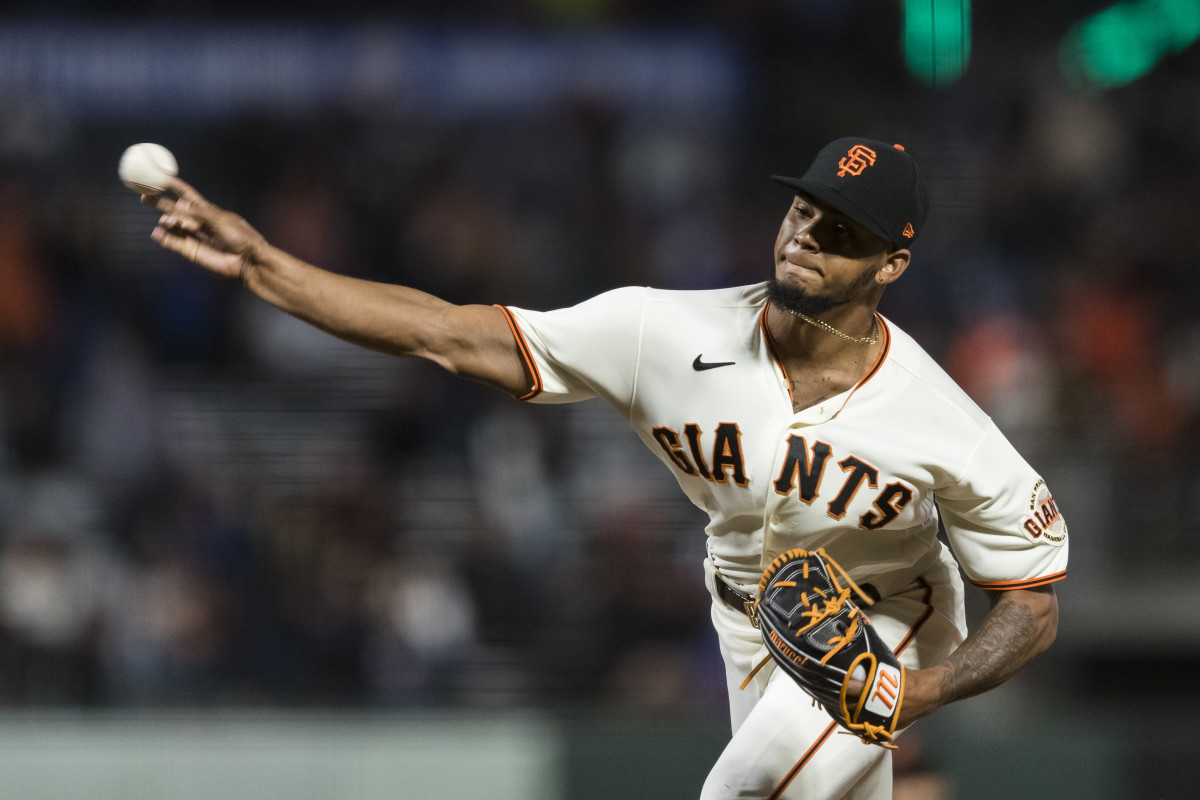How the latest MLB rule changes will impact the SF Giants in 2023

The SF Giants will have to make some significant adjustments in 2023 after MLB finalized some drastic rule changes earlier this week. Here's a quick breakdown of the changes alongside how they impact the Giants' tendencies:
The most noteworthy change is a "ban" on the shift, which requires teams to have at least two infielders on each side of second base. Teams will no longer be allowed to bring their third baseman to the right side of the infield for extreme shifts against left-handed pull hitters. It is not quite an absolute ban, though, since teams will still be able to move their outfielders and infielders around within those parameters. Expect to see plenty of middle infielders still playing up-the-middle behind second base next season.
Pitchers will be subject to a 15-second pitch clock between pitches with nobody on base and a 20-second pitch clock with runners on base. If they fail to do so, they will be charged an automatic ball. Hitters must be in the batter's box and ready to hit with at least eight seconds left on the clock, or they will be charged an automatic strike.
Finally, the league will increase the size of bases and limit the number of times a pitcher can step off the rubber during a plate appearance to two in an effort to increase stolen bases. Larger bases, pitch clocks, and limits on the shift have already been used in some minor leagues, although the specifics were slightly different in some cases.
The Giants shift a lot, placing at least three infielders on the same side of second base in 32.3% of opponent's plate appearances this season. However, while nearly a third of San Francisco's defensive alignments will be banned next season, they are not one of the most shift-heavy teams in the league. In fact, 16 other teams have shifted at least three infielders to one side of second base more often than the Giants this year.

As for the pitch clock, pitchers will most impacted with runners on base. Of the 13 qualified Giants pitchers this season, only two (Sam Long and Jakob Junis) are averaging less than 20 seconds per pitch with runners on base. On the other hand, Camilo Doval, Yunior Marte, Carlos Rodón, and Jarlín García are all averaging at least 23 seconds between pitches with runners on base.
While three seconds may not seem like a lot of time, it means each of those pitchers will need to cut their average time between pitches by more than 13% next season. Otherwise, they will find themselves behind in counts before even throwing a pitch.
Pitchers are faster with the bases empty, but the new rule only allows them 15 seconds between pitches. Only Sam Long, Jakob Junis, Logan Webb, and John Brebbia are already averaging less than 15 seconds between pitches in that situation. Doval, by the way, is still averaging more than 20 seconds between pitches when no one is on base. Of the Giants' current pitchers, he has the tallest task in front of him to adjust to a pitch clock next season.
It's harder to speculate on the impact of bigger bases and limiting "disengagements." The Giants were one of the more aggressive teams on the basepaths in 2021, despite lacking an obvious base-stealing threat. However, this season, they have only attempted to steal 69 bases, ranking 24th in the league.
Giants president of baseball operations Farhan Zaidi has said he wants the team to be younger and more athletic next season, which could suggest an influx of players more aggressive on the basepaths next season, just in time for the rule change. These changes should also make it harder to get picked off, something that has plagued the team this season. Still, it's hard to know at this point how that change will impact the Giants.
MLB games are going to look different in 2023 with the league's newest rule changes. The SF Giants, like the rest of MLB, are going to have to make some significant adjustments.
